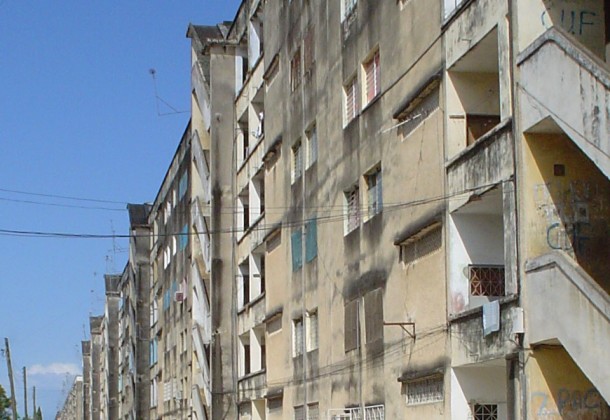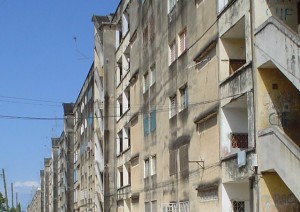Lexington Park Assoc. Praises New Tool to Fight Blight


The Maryland legislative session that just closed in Annapolis gave St. Mary’s County new tools to fight blight.
How local government turns their new authority into property maintenance standards is yet to be defined. These are not simple laws to craft. Imposing standards on a property’s upkeep draws intense property right battles. Property maintenance laws apply a public right upon a private property which make the ordinances complicated to craft and typically controversial.
There are usually numerous “thresholds” that are crossed before a property reaches the “egregious” conditions needed to trigger government action. Robin Finnacom, CEO and president for the Community Development Corporation explained the enabling legislation to the Lexington Park Business and Community Association the week the session ended.
Once defined, the resulting county ordinances will be subject to public hearings and a vote by the board of county commissioners.
Despite the difficulties of crafting property maintenance standards that do not imperil individual property rights, the power to enact laws to fight blight on privately owned properties is an important step for successful revitalization. And an important tool in preventing blight from depressing surrounding property values.
The need is immediate to many of the attendees of the LPBCA meetings. The association has repeatedly discussed specific properties in Lexington Park that have declined to the point of negatively impacting surrounding property values and public safety.
There have been some renovation successes in the past of some of these properties, but others remain. Attendees at the April LPBCA meeting at the Bay District Volunteer Fire Department’s social hall immediately referenced a notorious property nearby that is owned by an absent landlord. The condition of the home is not only damaging the property values throughout the neighborhood but appears unsafe structurally.
Typically, property maintenance laws require the owners of dangerous or blighted buildings to clean them up, or the county will do the job and bill the property owner. A lien is placed on the property to assure the government will ultimately recoup their expenditure when the property changes hands.
Sponsored by:
[adrotate group=”13″]























